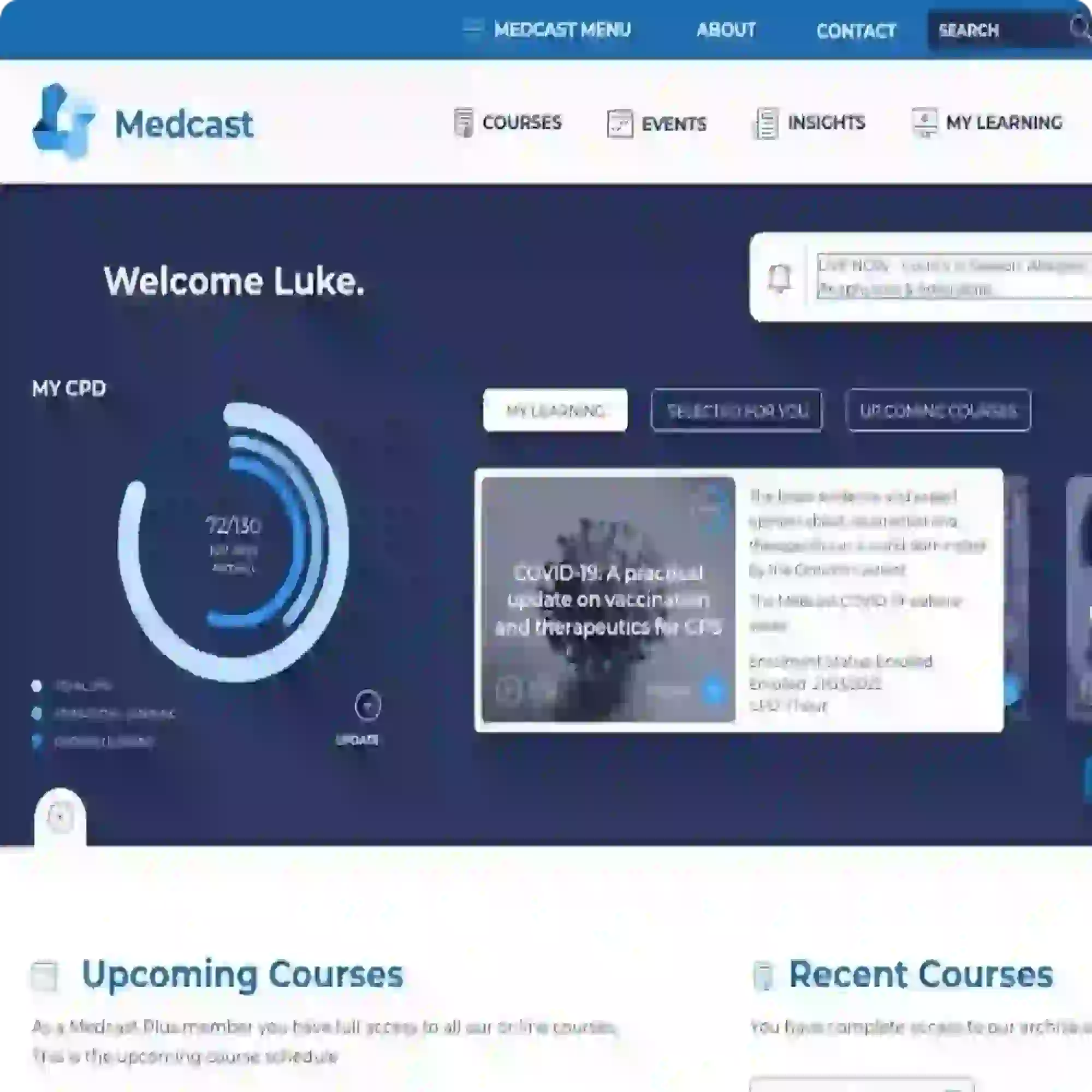Support for Parents from Reach Out
Through July you might notice an advertising campaign beginning that talks about a new digital service from Reach Out to support parents of teenagers. This may well be as close to the “parenting instruction manual” we all wonder about when we first realise our kids didn’t come with one!
This program has been developed for parents of 12-18 year olds to help them support their kids through difficult times
The site contains “fact sheets, stories, practical tips and tools covering a range of topics, issues and experiences that are relevant to teenagers aged 12–18 years.”
As in the rest of the Reach Out site, the material in the parent program discusses common concerns in this age group such as bullying and peer pressure, sex and drugs and alcohol, as well as mental health concerns such as anxiety and depression.
But it also talks specifically to parents about effective ways to communicate with their teenagers about the issues they are facing, ways they can help them manage their stress and the impact of family conflict on this age group.
Professional advice and personal stories from other parents in similar situations makes it a rich source of support.
Have a look for yourself. You can find it at https://parents.au.reachout.com/

Gerhard is a full professor of Clinical Psychology at Linköping University, Sweden since 2003, an
d affiliated researcher at the Karolinska Institute, Sweden. Professor Andersson is an internationally recognized researcher in the field of CBT delivered through information and communication technology, as well as the author of the book “The Internet and CBT: a clinical guide”.
UPDATED
The PTSD Program for people with Post Traumatic Stress Disorder.
Do you know anyone who has difficulty motivating themselves to exercise? I think we all know people who get too depressed to exercise or too anxious to leave the house. But there are other people who, despite a lack of “diagnosis”, find exercise hugely difficult to contemplate.
As someone who has practiced medicine for almost four decades I have had the opportunity to observe firsthand the upsurge in the use of opioid pain killers in non-cancer pain.

